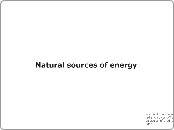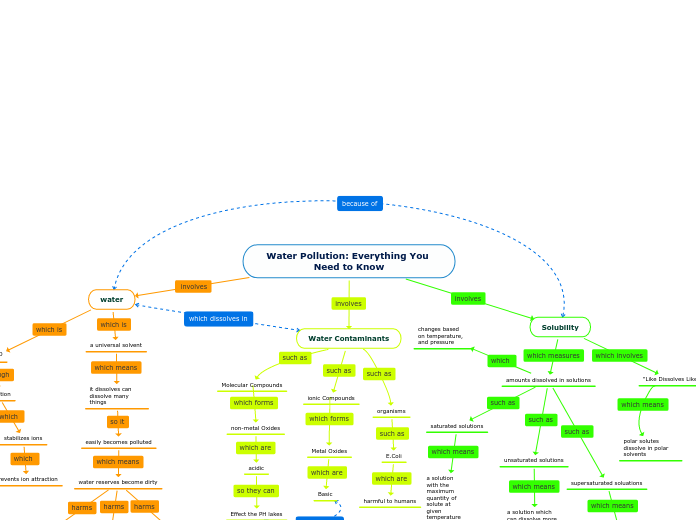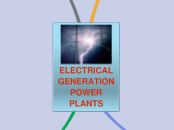Science of Renewable Energy.
Electricty is needed for technology to work
A renewable source is water, humans use water to spin the turbine, which still creates mechanical energy. Another renewable source is wind, windmills have spinning blades that rotate with wind, which rotates a turbine creating yet again mechanical energy.
Windmills generate energy for us, however they are usually required to be in an open field so that the wind can spin the turbine. However since they are in an open field and are pretty tall, if there is a thunderstorm the windmill can be hit and destroyed.
lightning is a spark of electricity, and is caused when all the positive,lighter, particles move to the top of the cloud and all the negatively charged, heavier, particles move to the bottom of the cloud. The ground has a more positive charge. So when the negative charge grows large enough in the cloud lightning strikes the ground. The lightning strikes the ground carrying electrons, the ground has its positive particles move upwards. So negative particles move in a channel, lightning, towards the ground and positive particles move into elevated objects. The lightning zaps that object and discharges.
The electric charge is grounded, grounding is the transfer of electrons between a charged object and a neutral object to neutralize the object. In this instance the neutral object is the earth and the charged object is bolt of lightning that comes from the cloud, the lightning strikes the ground and transfers the electrons to neutralize the cloud.
Creates electrcity at electricity generating stations. The stations create energy which then is transported to peoples' homes through power lines, then it goes into the wall outlets.
Electricty can also be stored in batteries, which supplies smaller amounts of electricty. it is a more short term energy, and usually used for portable devices.
The energy in wall outlets can be used for many things, powering devices, being able to turn the lights on and more.
Turning on the lights requires a circuit.
Solar panels take energy from the sun and converts it to energy.
made out of photovoltic cells or solar cells. Generate energy when exposed to light.
electricty is made by gases, created by the burning of fossil fuels spin a turbine, which creates mechanical energy.
the burning creates these gases, like coal, contribute towards global warming. And is not a renewable source of energy, which means it will eventually run out.
Chemistry
Process of being able to split water into hydrogen and oxygen cells.
Water splitting is very important in most technologies. Like fuel cells, and solar energy production to name a few.
TO seperate hydrogen and oxygen we need electrcity, and an electrolyte, salt or acid. The electrolyte dissolves in the water, and seperates into electrically charged particles or ions. They move through the solution and conduct electricty. Then we need to add 2 conductors for our electricty mostly metals.
When we add an electrical current to the water, the ions in the water start moving towards the electrolyte with the opposite charge, where either hydrogen or oxygen is produced.
Hydrogen can potentially be used as a transport fuel.
Using chemical bonds we can make energy, and store it in the chemical bonds.
Converts the solar energy into fuels.
Solar panels are made out of photovoltic cells, the cells are made out of silicon, silicon is a semi conductor.
Since it is a semi conductor, it has neither alot of a little amount of electrons so it's harder to pick up electrons.
some other atoms are put with the silicon to improve the ability to capture the sun.
For example gallium atoms are used because they have 1 less electron than that of silicon. leaving a lack of electrons.
So when sunlight hits the solar panel, the electrons go to the atoms of silicon and gallium mix, since they lack electrons, which generates more electricity.
Effects on environment (ecology.)
Another source of renewable energy are dams is hydroelectric. Hydroelectric relies on dams that water flows through and generates energy.
Hydroelectric energy does have an effect on ecosystems though. It disrupts the flow of rivers and aquatic ecosystems.
For example, some aquatic animals might get pulled in to the dam, which disrupts the food chain if one animal is missing, because then one animal won't have something to eat resulting in them dying to starvation and their predators dying from starvation. It also affects migration patterns of aquatic animals. For example salmon like to migrate during a certain time of the year to make babies then they go back to where they came back from. A dam can be a barrier for their migration. Then the salmons can't make their babies and the salmons in the area will die out.
Geothermal energy is made when we find a spot on the earth that is hot because hot molten rock is close to the earths crust and hot water is produced.
This source of energy dosen't release any air pollution nor does it pollute the water. Which dosen't affect ecosystems.
We create bioenergy with our ecosystem.
made from biomass or biofuel.
biomass is any organic material that has absorbed sunlight.
renewable source of energy, it does not emit greenhouses gases. But it can hurt the environment if we take too much biomass and destroy habitats for it. So if we just use crops we grow it won't hurt the environment.
Example: Wood and crops.
The effects renewable energy has on our environnement.
Produces no green house gases. Reduces air pollution.
Green house gases affect climate change and global warming.
Global warming and climate change affect the ecosystems of animals.
Ocean becomes more acidic and sea animals die because of it. The shells of aquatic animals dissolves then they die and their predators have nothing to eat. So then the food chain gets messed up.
So if we reduce our emissions the ocean will stay healthy and be able to continue to eat sea food..









